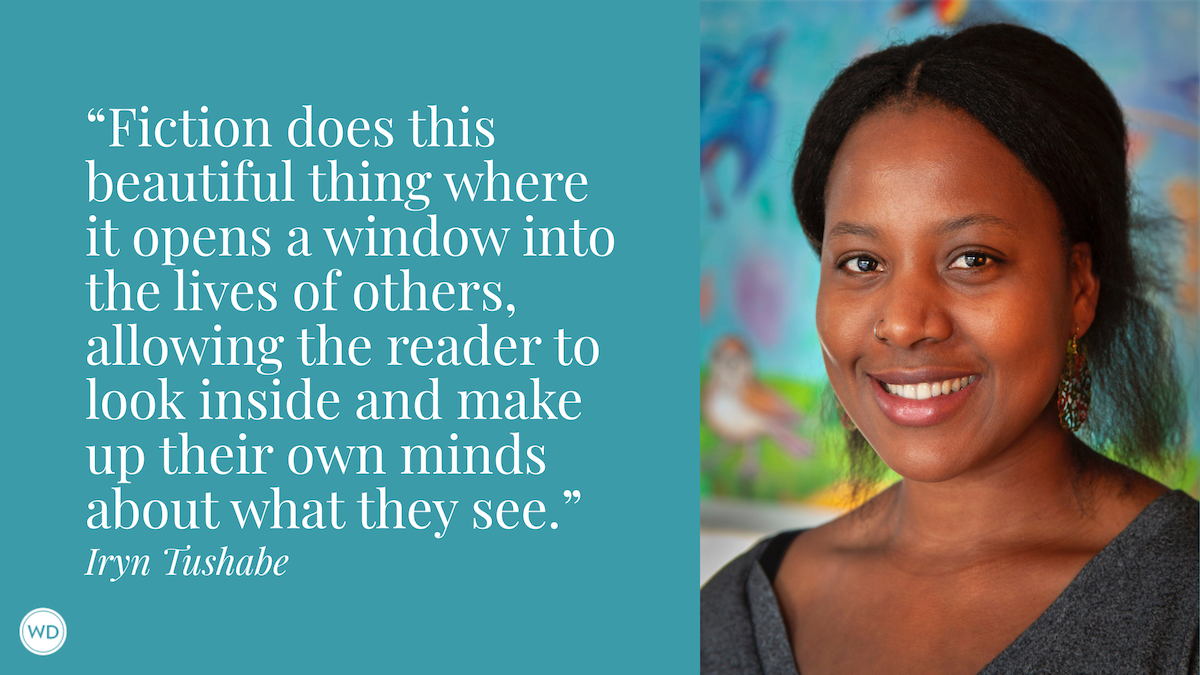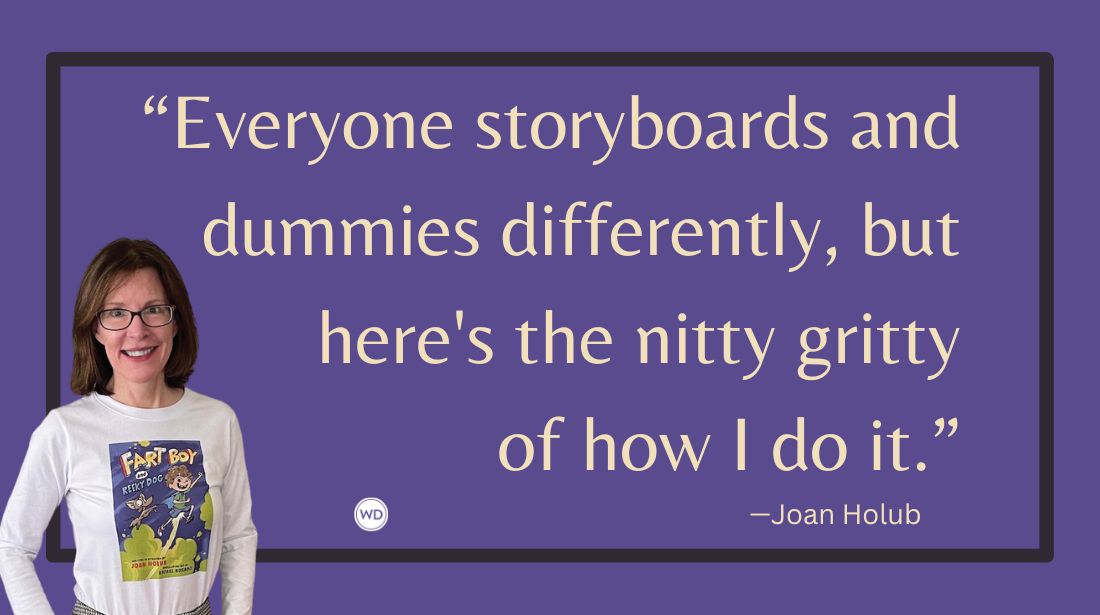4 Tips for Writing a Modern Retelling
From having reverence for the original to making it your own, author Nikki Payne shares four tips for writing a modern retelling.
Writing Pride and Protest was fun and Improvisational—a jazz riff on a classic that felt fresh and exciting to write. The African American tradition of storytelling is one of valorizing the imaginative retelling—think of hip-hop and its use of creative sampling to build a new song out of riffs and chords we once found familiar.
If we want to go back even further, think of the griot. Sitting around telling the story of Anansi the spider and how those same stories take on an entirely new meaning depending on who the storyteller is. That is to say, I come from a tradition where telling the same story in a new way is its own form of art.
I love retellings, but they aren’t for the faint of heart. Remember that the power of your story is in your own subjectivity. That is, the reason it will be interesting is because you are different. And we'll see situations from a different perspective.
Love the Original Tale
The first thing we have to remember when adapting classics is that we actually have to like the book or novel that we are retelling. There are so many instances where people see a retelling as a way to fix what they saw as a problematic or troubling classical work. If you don't like the source material, readers will see it and the writing can fall flat. Love what you are retelling.
Translate Into Modern Times
The second thing we have to determine is what elements of a classic novel someone can translate well into modern circumstances. If a major character dies of consumption, what modern illnesses could represent an equivalent? Could an ancient plague be a pandemic? Can an epistolary romance be emails or text messages? Find important corollaries and build your story around what pillars have the strongest modern relevance.
Hit the Most Important Beats
The third thing to remember about a retelling is they rely heavily on a reader’s nostalgia, so they have to hit really important beats. The reason we’re retelling a story oftentimes is because the broad themes of that story still have modern relevance. So, you must hit specific thematic chords that readers will recognize as the classic tale. Think of a retelling as a reader being in their own home, but suddenly you (the writer) turn all the lights off. They know there is a couch in a few steps, but now they have to feel their way toward it.
IndieBound | Bookshop | Amazon
[WD uses affiliate links.]
Make It Your Own
Lastly, and at the risk of sounding contradictory to the earlier point, remember you’re not coloring by numbers. Names, events, even consequences can be changed in meaningful ways. For example, in Clueless, Cher is a Jewish Princess with a litigator father in superficial LA. Instead of marriage on everyone one’s mind, like Jane Austen’s Emma, the teenage emergencies of learning to drive and losing one’s virginity become the community's meaningful milestones. You don’t have to adhere to every aspect of the story. Where’s the fun in that?
If there are rules to these types of endeavors, then remember, love the work, hit the beats, and color outside the lines!
By day, Nikki Payne is a curious tech anthropologist asking the right questions to deliver better digital services. By night, she dreams of ways to subvert canon literature. She’s a member of Smut U, a premium feminist writing collective, and is a cat lady with no cats.








